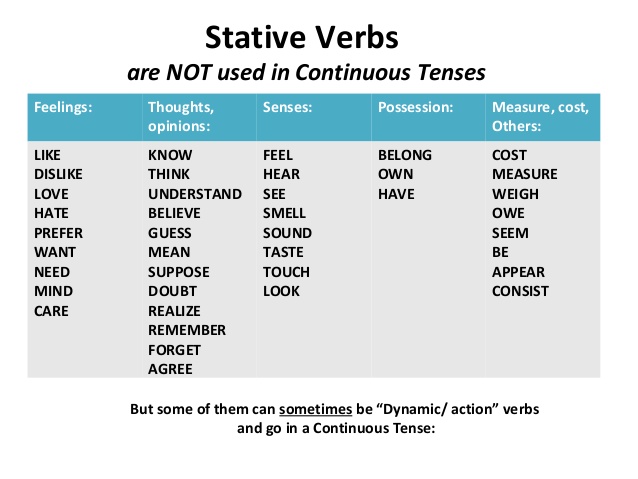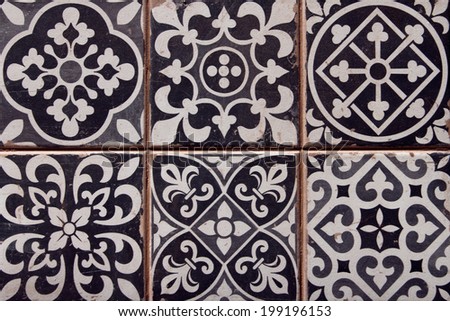Your Social Science test will be on Wednesday, 8th February.
You will have to label on a map:
Capes: Peñas, Fisterra, Creus, Palos, Gata and Nao.
Gulfs: Bizkaia, Valencia and Cádiz. Mar Menor and Strait of
Gibraltar
Inland relief: Galician Massif, Cantabrian Range, Northern
Sub-Plateau, Mountains of León, Basque Mountains, Catalan C. Range, Pyrenees,
Iberian System, Sierra Morena, Central System, Southern Sub-Plateau, Toledo
Mountains, Ebro Depression, Guadalquivir Depression, Penibaetic Range,
Subbaetic range, Gredos, Somosierra, Guadarrama, Picos de Europa, Sierra
Nevada, Tramuntana Range, Teide Peak, Almanzor Peak, Moncayo Peak, Aneto Peak,
Torreceredo Peak and Mulhacén Peak.
Islands:
Menorca, Formentera, Mallorca, Ibiza, La Palma, El Hierro, La Gomera, Tenerife,
Gran Canaria, Lanzarote and Fuerteventura.
Here you can practice land relief of Spain:
Here you can practice features of the coast:
You also need to know the information from the book that we studied and underlined about the Meseta, the mountain ranges, depressions, land forms: delta, salt marshes, campiñas, coastal bench, rías, coastal wetlands, freshwater lagoons, land relief of the islands, factors that determine coastal features (land relief, tides, coastal erosion).
Review again the questions we have discussed in class.
















